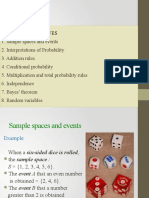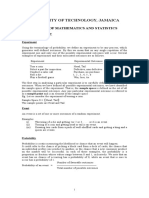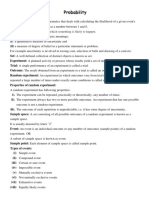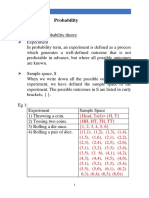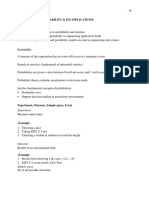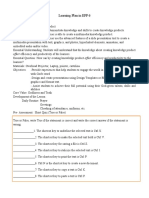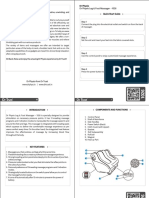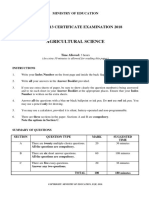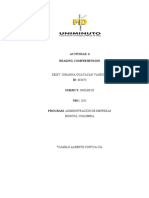0% found this document useful (0 votes)
61 views88 pagesLecture Notes 1
0.7 x 0.8 x 0.9 = 0.504
The probability that the circuit operates is equal to the probability that all three devices function, since they fail independently. We multiply the individual probabilities to find the probability that Device 1 and Device 2 and Device 3 all function, which is 0.7 x 0.8 x 0.9 = 0.504.
Uploaded by
KristianCopyright
© © All Rights Reserved
We take content rights seriously. If you suspect this is your content, claim it here.
Available Formats
Download as PPT, PDF, TXT or read online on Scribd
0% found this document useful (0 votes)
61 views88 pagesLecture Notes 1
0.7 x 0.8 x 0.9 = 0.504
The probability that the circuit operates is equal to the probability that all three devices function, since they fail independently. We multiply the individual probabilities to find the probability that Device 1 and Device 2 and Device 3 all function, which is 0.7 x 0.8 x 0.9 = 0.504.
Uploaded by
KristianCopyright
© © All Rights Reserved
We take content rights seriously. If you suspect this is your content, claim it here.
Available Formats
Download as PPT, PDF, TXT or read online on Scribd
/ 88




